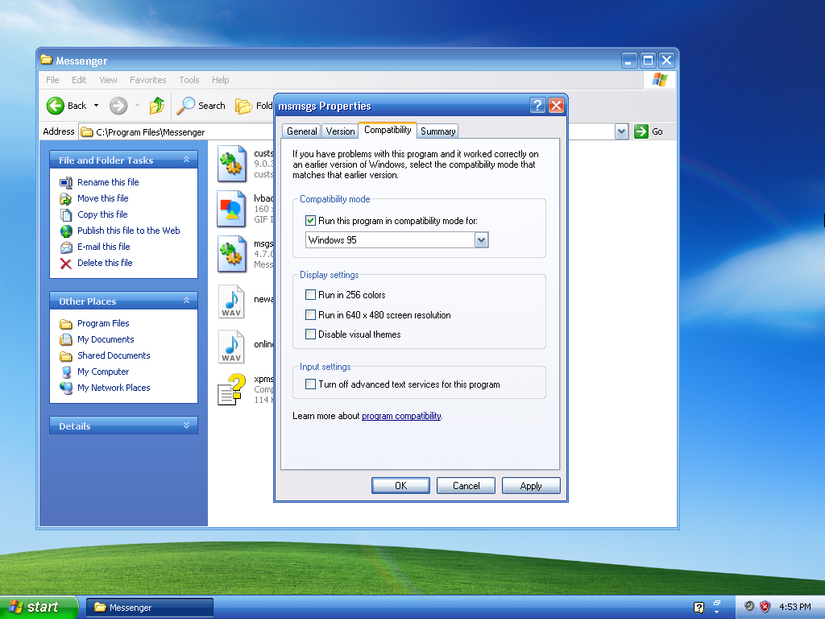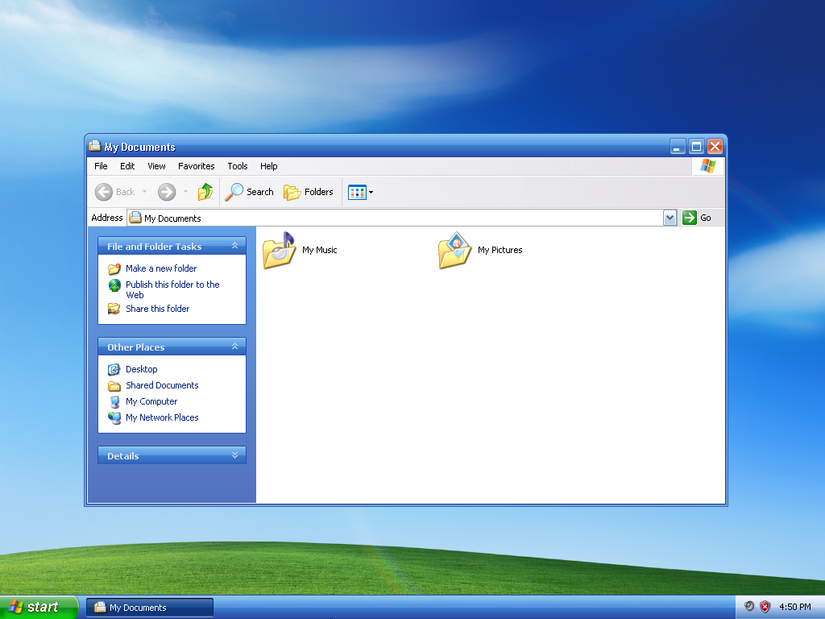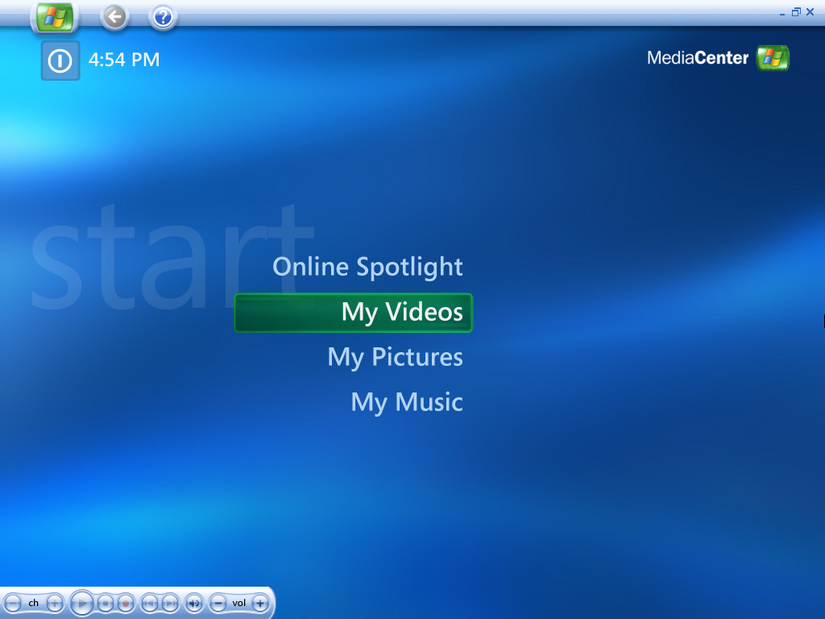Windows XP is celebrating its 24th birthday today. Despite its age, the now-ancient operating system is one of the best pieces of software ever made by Microsoft, and the best all-round version of Windows. It defined an era, vaulted home computing to a new level of convenience and reliability, and established norms we take for granted in modern versions of Windows.
Windows XP Is the Compatibility Champion
Despite its reputation for producing buggy software, Microsoft has done one thing remarkably well: backwards compatibility.
I specifically recall wondering if a game I owned that was designed for Windows 95 would work on Windows XP. Much to my pleasant surprise, it opened and ran without a hitch. That was remarkably common.
Even a lot of software designed for Windows 3.1 (which was DOS-based) would run on XP if you switched the compatibility mode to Windows 95 or spent a little time fiddling with it.
I’ve even found that a surprising number of applications designed to run under the 32-bit version of Windows 10 will run on Windows XP if you can get all of the dependencies installed. Considering that we’re talking about a 24-year-old operating system, that is pretty impressive.
The UI Was Friendly and Forward-Looking
Prior to Windows XP, the Windows user interface was blocky and could be generously described as austere. However, Windows XP changed all of that with the introduction of Luna, the now iconic blue, green, and white color scheme which meshed nicely with the default background. With XP came more complex visual effects, like transparency, which, at the time, made it feel as if the future had arrived.
It also brought a major redesign of the Start Menu, and the basic design choices largely survived in following versions of Windows until the release of Windows 11 in 2021.
I would not say that Luna has held up to modern design tastes, but that huge departure from what came before it was an important step in getting to where we are today. However, there are both free and paid utilities that are compatible with Windows 11 that let you bring back that Windows XP aesthetic if you’re feeling nostalgic.
XP Had Exciting Editions
Though it is best known for being friendly towards your average home user, Windows XP had several more specialized editions aimed at enthusiasts that were very exciting at the time.
There Was a 64-Bit Version of Windows XP
Windows XP didn’t require much RAM; you could get by with as little as 256 megabytes. If you were feeling adventerous, you could add up to 4 gigabytes—the typical limit of the 32-bit operating systems of the era.
However, XP also had a few 64-bit editions which raised the RAM limit from 4 gigabytes to 128 gigabytes. That is well below the theoretical maximum of 64-bit architectures, but a truly monstrous number compared to what was normal at the time. Even in 2025, 128 gigs of RAM in a home PC is pretty unusual.
Of course, if you give someone a 64-bit operating system, they’ll need an x86-64 processor, a fancy motherboard, and lots of RAM to go with it, all of which were quite a bit rarer and more expensive at the time.
Even with the extra trouble, being able to fire up and use Windows XP with a whopping 8 gigabytes of RAM was a weird—and exciting—experience.
Windows XP Media Center Edition
Windows XP also had a Media Center Edition, which included special support for TV tuners, DVRs, and a unique user interface designed to be used from across a room. In many ways, the user interface resembled an early version of the interfaces we associate with Plex, Jellyfin, or even Smart TVs today.
Windows XP Ran on Tablets
Though Apple is most famous for bringing tablets into the mainstream with the release of the iPad, there were a ton of examples of tablet-like devices that predate it.
Among those were Microsoft’s own “Tablet PCs,” which ran a specialized edition of Windows XP that was designed to take input from a stylus—a feature that would be included by default in subsequent versions of Windows, and we now take for granted.
Microsoft’s Tablet PCs suffered largely because of the hardware limitations of the time, and faded into obscurity before they really ever had a chance to shine.
XP Is a Redemption Story
Today, XP is remembered fondly as a reliable workhorse, but it didn’t start that way.
In fact, Windows XP was almost comically buggy when it first released, though it was never as much of a mess as Windows ME. It wasn’t until it received several large updates, then called Service Packs, that it became as stable as we remember.
That kind of redemption arc—buggy-mess to user-favorite—isn’t very common in the technology world. Usually, things go more the way of Vista or ME, both of which were buggy on release and remained buggy until the day they reached end-of-life.
Under the hood, XP ushered in countless other technical improvements, some of which are still with us today, like the NTFS file system or IPv6.
It was a massive generational leap, one Windows users haven’t seen since.



